Hydrate
- Being that we all live near Hallandale Beach, hydration is particularly important given the humid weather we experience during most of the year.
- Most men should be drinking roughly 3.5 liters of water daily and women should be drinking 2.5 liters of water daily. If you are physically active and/or are consuming caffeine/alcohol, this number should be even higher.
- Additionally, adding electrolytes to your water can also help aid in hydration if you are sweating frequently throughout the day.
Get Sunlight
- Fortunately for most of us near Hallandale Beach, sunlight is no problem! We have access to the sun almost every day of the year.
- Spending ~20 minutes in the sun is generally enough to get your daily vitamin D requirement
- Do not spend too much time in the sun without sunscreen!
Hit Some Weights
- Resistance Training 2-4x/week can help keep your joints and muscles strong as you age
- Weight training has a number of metabolic and cognitive benefits
- Be sure to incorporate a variety of movement patterns including squat, bend, push, pull, carry
Elevate your heart rate a few times per week
- Beyond just walking and resistance training, performing higher intensity exercise that raises your heart rate has a number of cardiovascular and metabolic benefits
- Think high-intensity intervals using sprinting, rowing, biking, or bodyweight exercises
- Be sure to consult your physician before commencing high-intensity training!
Supplement with Omega 3s
- Supplementing with Omega 3 Fatty acids is important because most individuals do not get enough Omega 3’s in their diet
- Omega 3’s have been shown to lower the likelihood of atherosclerosis, reduce triglycerides, and lower blood pressure
- Omega 3’s can be consumed via Salmon, Shrimp, Chia/Hemp Seeds, Walnuts and Kidney Beans
Move throughout your day
- Many jobs these days require long hours seated on a computer, if you fall into this category, make sure to move your body every hour!
- Going for walks, stretching, or performing bodyweight exercises all can help prevent joint/muscle tension from developing due to extended postures
- There are numerous cognitive benefits to performing exercises during the workday including improved working memory and cognitive flexibility
Eat Whole Foods
- Regardless of your diet preferences (omnivore, pescatarian, vegetarian, vegan), it is important that the majority of the foods you consume come from whole foods
- Often times when foods are heavily processed they lack the vital nutrients that are used to help your body’s machinery run efficiently
- Eating non-processed foods is beneficial to nearly every organ in your body, including your brain, heart, digestive organs, and skin
Pick up a New Hobby
- Having hobbies outside of your work life can be a great stress reliever and provide your mind some need rest and relaxation
- Learning new skills helps preserve your brain and prevent disorders such as Alzheimer’s and dementia later in life
- Try picking one hobby that challenges you physically, one that challenges your cognitively, and one that challenges you creatively
Protect your sleep
- One of the most underutilized health and recovery habits we see in the clinic is sleep
- Sleep is your body’s most powerful tool to enhance physical and mental recovery and there is no other modality that can replace it!
- If you are unable to get 7-9 hours of sleep per night, look to take a short nap (20-60min) throughout your day to pay off that sleep debt!
Unplug
- Excessive screen time (laptop, phone, tablet, television) has been linked to depression, anxiety, and “cognitive clouding”
- Being immersed in technology 24/7 will overload your nervous system with input is damaging for your eyes, ears, and the areas of your brain that are involved in focus, memory, and cognition
- Unplugging occasionally will allow you to pursue other meaningful activities such as a hobby, being in nature, exercise, or high-quality sleep
If you are interested in learning more about how chiropractic care can set you on a path to a healthier and happier lifestyle, please feel free to reach out to your Hollywood Chiropractor below!
Call Us
schedule appointment nowschedule appointment now

